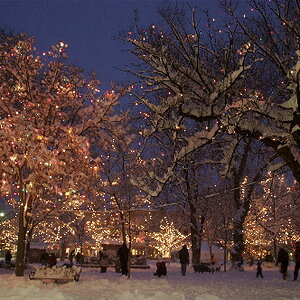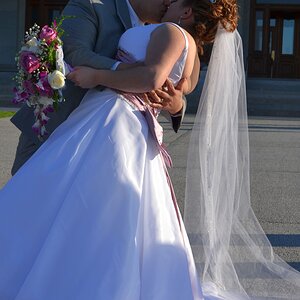Greg Oden
TPF Noob!
- Joined
- Sep 21, 2008
- Messages
- 41
- Reaction score
- 0
- Can others edit my Photos
- Photos OK to edit
i dont understand what a lens does by just reading the numbers on it. i feel like an idiot. any info or suggestions on where i could get some good literature on it. im just not sure what type of picture or distance each lens is for. if their is a book that is good for beginers that would help as well. im very new to the sport.





![[No title]](/data/xfmg/thumbnail/34/34077-2933006a1d00efe7d5967044e94e345e.jpg?1619736268)







